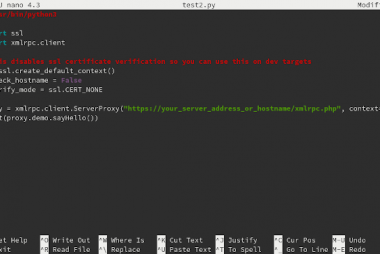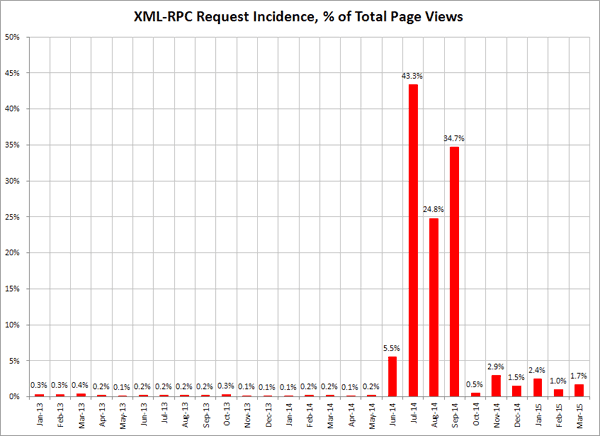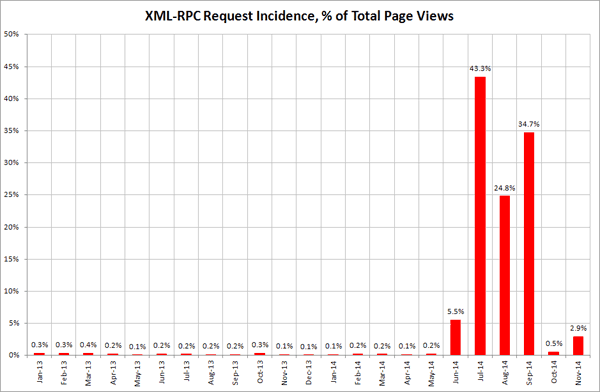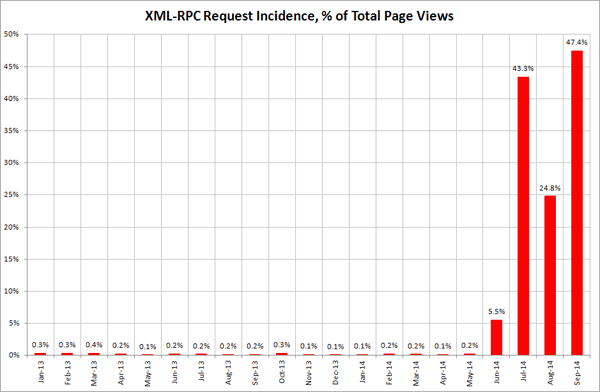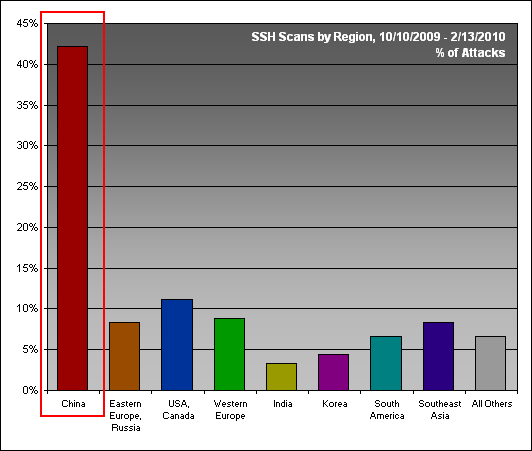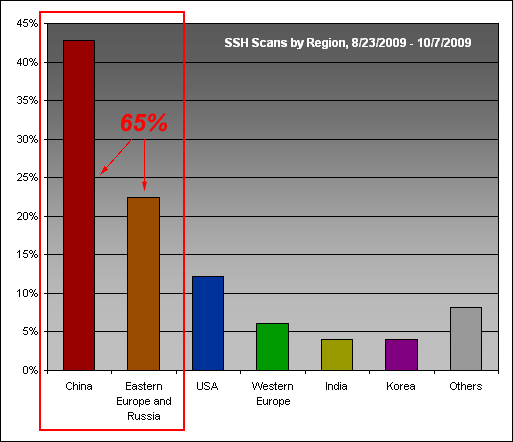Securing SSH Service on Fedora/RHEL/CentOS
So you’ve deployed your new VPS or cloud server and SSH is served up on port 22 with password authentication. If you’re reading this, you already know that’s entirely insecure and just begging to be attacked. I’ll detail my procedure for hardening SSH on Fedora Linux, the distro I run. This should also work on downstream RHEL and CentOS, and broadly speaking on any SSH server, though some bits may differ.
…

